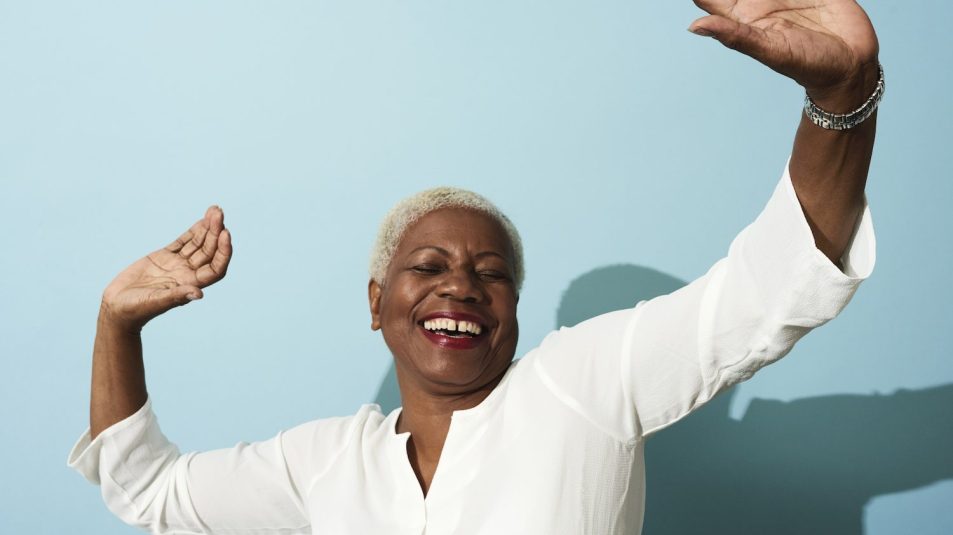5 Ways to Rewire Your Brain to Break Bad Habits
Change IS possible.

If your resolutions to get healthier in 2020 aren’t going so hot, don’t fret: All hope isn’t lost! Duke University research reveals that our brains are hardwired to resist change, but there are a few tried-and-true strategies you can utilize to finally change those habits that no longer serve you. Keep reading for our expert-recommended tips.
Practice Gratitude Before Turning In
Write down three things that made you smile that day. Researchers in the Netherlands report that the joy created by simple pleasures boosts willpower.
Don’t Sweat the Small Stuff
Couldn’t resist an office cupcake? Don’t worry about it! Studies show that a slip actually improves your chances of success by spurring you to recommit to your goal. On the flip side, frequent self blame is a key predictor of who will give up altogether.
Say Habit Changes Out Loud
When you want to make a change, state your goal aloud. “The more dialed-in, the better,” advises Kendall Ritz, M.D. “Instead of ‘I want to go to bed earlier,’ say ‘I will be in bed by 10 p.m.’ The specificity creates momentum.”
British research also shows that when adults explicitly state their intention to exercise at a specific time, 91 percent met their goal. In contrast, only 35 percent of those who read a pamphlet extolling the health benefits of exercise met their goal.
Analyze Your Own Bad Habits
Our natural curiosity helps us step out of habit patterns, says Brown University psychiatrist Jud Brewer, M.D. “When patients are hit with a craving, we ask them to turn toward it,” he shares.
In other words, think about what you’re feeling when the craving hits and consider why you’re experiencing it now — maybe you’re stressed or bored, for example.
It sounds too good to be true, but Dr. Brewer says that realizing that a craving has a reason and is temporary helps patients naturally turn away from bad habits, leading to a 40 percent reduction in craving behavior. To help hone in on your reasons, try “Unwinding Anxiety,” one of the free apps developed in Dr. Brewer’s lab.
Stack Old Habits With New Ones
The brain naturally eliminates connections between brain cells that aren’t used frequently and builds up those that are. We can take advantage of this system by piggybacking new habits onto existing ones. “By bundling two activities, you’re reinforcing, creating and sustaining new habits,” explains Janice Asher, M.D., co-author of The Permanent Weight Loss Plan ($17.99, Amazon). “Each time you do this, the connection strengthens.”
For example, you might try doing 10 squats while your coffee is brewing or balancing on one leg while you’re brushing your teeth. Before you know it, your new habits will have become second nature.
This story originally appeared in our print magazine.












